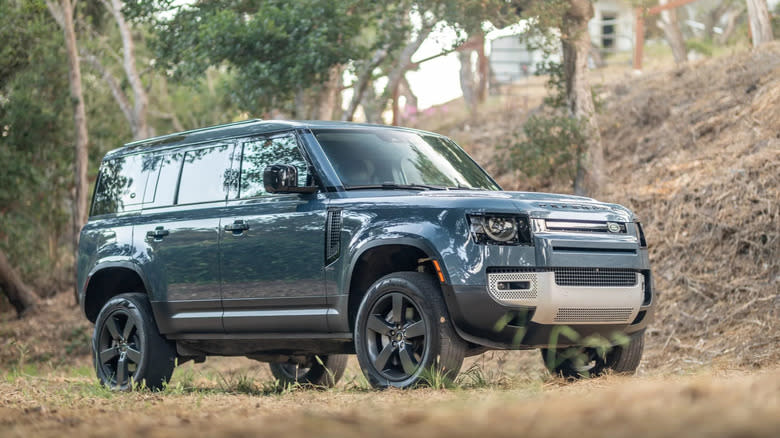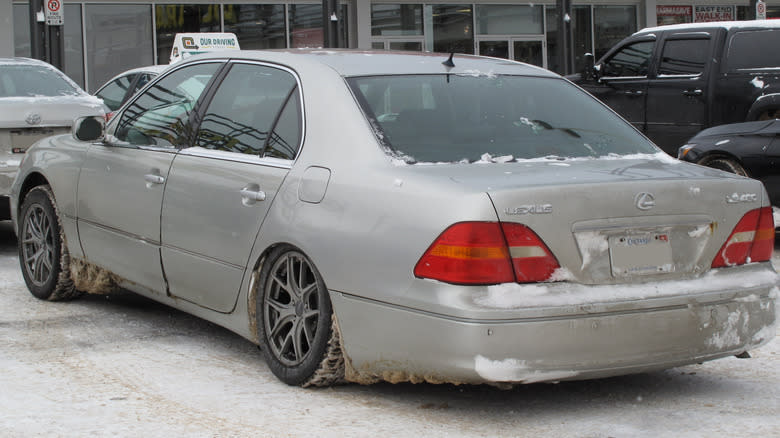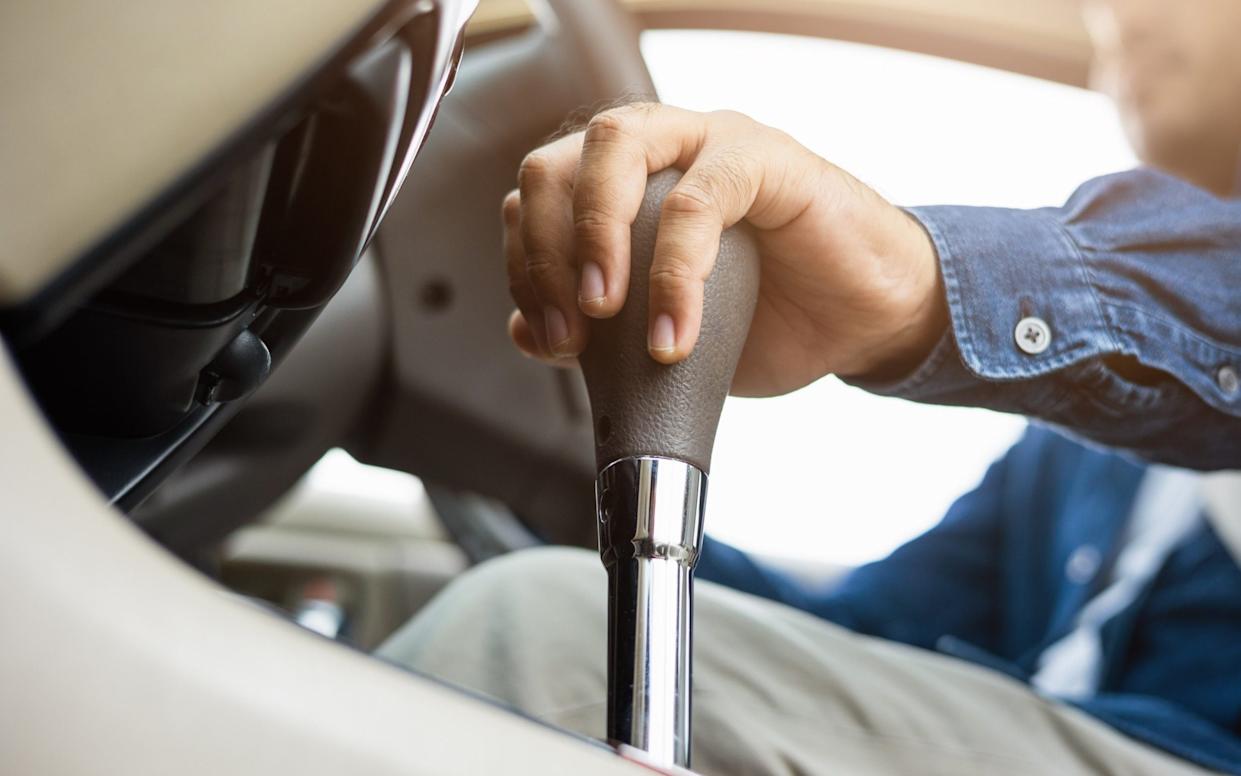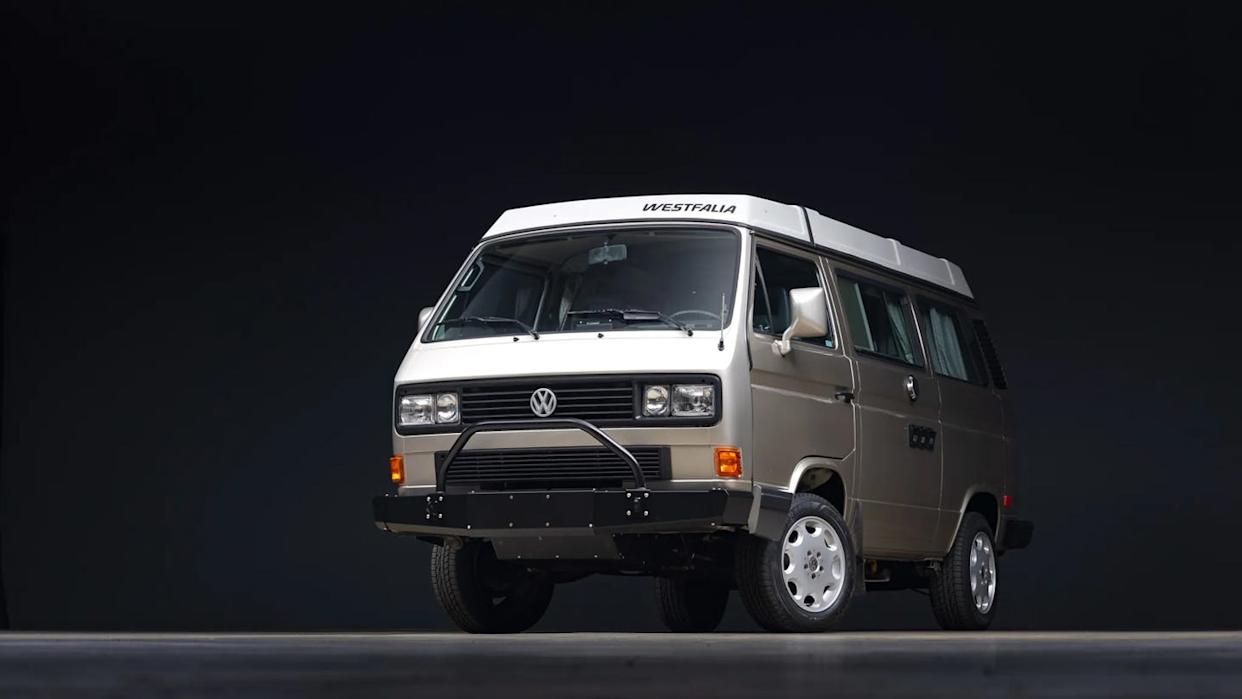
Air suspension systems have come a long way in recent years, infiltrating the mainstream automotive market after being a niche option on ultra-luxury vehicles. As the name suggests, air suspension setups do away with the traditional metal springs that are a part of most standard suspension systems and replace them with heavy duty rubber air bags. These air bags are connected to an air compressor and are monitored by sensors that determine how much pressure is necessary to support a given load weight or a desired driving profile.
Air suspension systems, depending on their intended purpose, provide adjustability that can automatically level-out heavily loaded vehicles, provide a cushy soft or firm and sporty ride quality at the touch of a button, or raise and lower the ride height. Expensive luxury cars often use air suspension to provide a soft ride and isolate the body of the vehicle from the undulations of the road surface. Off-road vehicles often use air suspension to keep the vehicle at a more reasonable ride height when operating on paved surfaces, but can inflate to lift the vehicle and offer more ground clearance for all-terrain driving. Pickup trucks and other heavy equipment also use air suspension systems to keep the vehicle level regardless of the load over one axle. These systems are invaluable to many drivers, but as with everything, there are pros and cons.
Read more: The Best-Looking Pickup Trucks Ever Sold, According To Our Readers
Benefits Of Air Suspension Systems

Air suspension systems are very versatile. They can make a car ride like it's driving on a cloud, but they can also firm up to keep the very same car flat as it performs high-speed handling maneuvers. These systems are known for their ability to provide a beautifully isolated ride quality since the vehicle is actually riding on a cushion of air. Luxury cars are often fitted with or at least offered with air suspension systems for this reason. Some luxury cars have air suspension systems that are informed by a camera that reads the road ahead, so the air bags can slacken to smooth out harsh bumps or firm up in anticipation of a corner or rough surface.
High-end off-road vehicles often use air suspension systems to provide that same buttery smooth ride quality in most situations, but their air suspension systems are designed to operate as lift systems, too. When the driver selects an off-road driving mode or when they select a raised suspension position, the air compressor inflates the air bags to higher levels to lift the vehicle higher off the ground, thus increasing ground clearance, as well as improving the vehicle's approach, breakover, and departure angles. These systems can often lower the vehicle, too, which improves on-road handling as well as aerodynamic efficiency.
Pickup trucks and large SUVs often use air suspension systems to keep vehicles level, regardless of how heavily the vehicle is loaded up. Even purpose-built heavy duty trucks can sag at the rear if the bed is loaded up close to the vehicle's maximum payload or towing capacity, but air suspension can firm up to mitigate that sag. The same goes for large SUVs which may experience suspension squat when fully loaded with passengers or luggage.
Air Suspension Drawbacks

The primary drawbacks of most air suspension systems are their initial price, their cost to maintain, and the serious issues they cause when they do fail. Air suspension requires a sophisticated array of technologies that need to work in tandem in order to operate properly. Each wheel needs its own air bag, each air bag needs its own height and load sensors, each air bag needs to have lines that connect it to the air tank, and that tank needs a compressor to compress the air needed to fill each bag. This complex array of technology has many potential failure points, and with something that bears several thousands of pounds of weight and vibrational abuse each time a vehicle is driven, air suspension systems wear out and fail spectacularly.
If you've ever seen an old Range Rover, Tesla Model S, or Mercedes-Benz R-Class that sits just a few inches off the road and appears to be violently pogoing off of every little pavement imperfection, then you've seen a vehicle with a broken air suspension. The air bags that make up an air suspension are made of a heavy duty grade of rubber, but over the course of several years, they can develop cracks or leaks that cause the vehicle to lose all of its suspension. Some cars had air suspension on the rear wheels only, so you can see old Lincoln Town Cars with failed air suspension exhibiting a nasty squatted rear end. Naturally, repairing and replacing these complicated systems can be an expensive and labor-intensive process.
Even when new, many cars offer air suspension as a costly add-on option. Take the 2025 Mercedes-Benz E350 for example; it offers the brand's AirMatic package as a $3,200 option. The package also includes rear-axle steering, but much of that additional cost goes toward paying for the complicated air suspension system.
Aftermarket Air Suspension Is A Common Trend Among Customizers

Beyond OEM air suspension systems, many car customizers appreciate the versatility offered by "bagging" a car. "Bagging" a car is a term used to describe vehicles that are fitted with aftermarket air suspension systems that often allow the car to drive at a reasonable ride height on the road, but when parked they can deflate and sit impossibly low. This kind of aftermarket customization tends to be strictly aesthetic, but it's actually more practical than a car that's lowered on static springs since air springs can be raised to allow a vehicle to traverse speed bumps, dips, and other road conditions without calamity.
Aftermarket air suspension kits are also offered as "helper springs" for folks who frequently tow or haul heavy loads. These kits supplement a vehicle's standard suspension system, and don't usually replace components. They simply rest unused when the vehicle is unloaded, but when the vehicle is loaded up or when a trailer is hooked up, the owner can inflate the air springs to prevent undesirable driving characteristics caused by hauling a heavy load. They do not increase a vehicle's maximum towing or payload capacity, but they do help keep the vehicle level and safe when carrying loads near its weight limit.
If you value the comfort of your luxury car over all else, or if you value the duality of a demure on-road driving experience paired with the maximum ground clearance for off-road abilities on your luxury SUV, then air suspension might be right for you. Most drivers, though, will be just fine with good old fashioned shocks, springs, and struts.
Want more like this? Join the Jalopnik newsletter to get the latest auto news sent straight to your inbox...
Read the original article on Jalopnik.






Comments